Tag Archive for: laser cutting
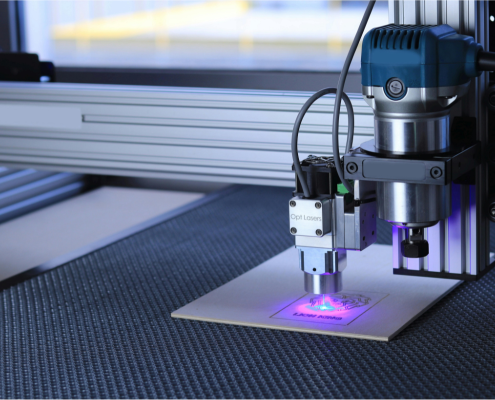
Why Laser Cutting is a Go-To for High-Precision Projects
/
0 Comments
In today's manufacturing landscape, where accuracy, efficiency,…
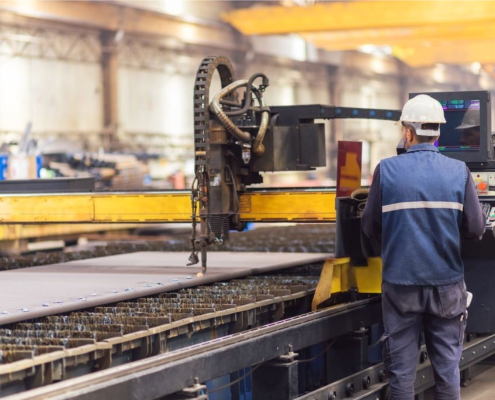
Top Laser Cutting Mistakes That Could Ruin Your Custom Parts Order
Laser cutting is a precise and efficient method for manufacturing…
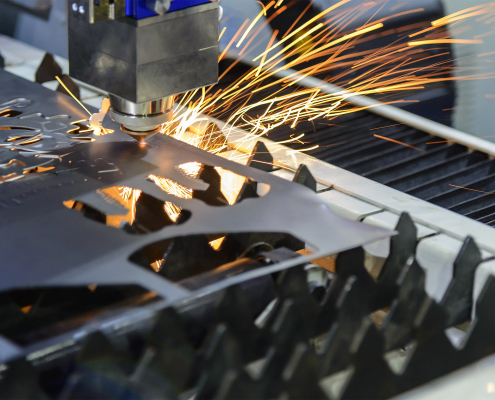
Laser Cutting Automation: How Industry 4.0 is Revolutionising Manufacturing
The manufacturing industry is undergoing a revolutionary transformation…
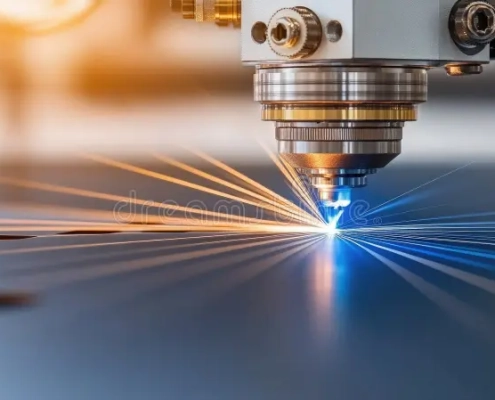
Benefits of Laser Cutting Over Plasma and Waterjet Cutting
In today’s manufacturing and fabrication world, choosing the…
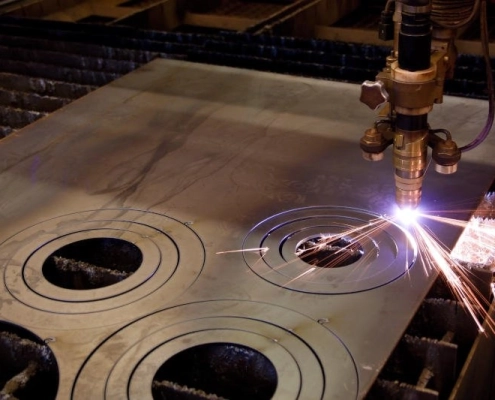
What Materials Can Be Laser Cut? A Complete Guide for Industrial Buyers
Laser cutting has revolutionised the way modern industries fabricate…
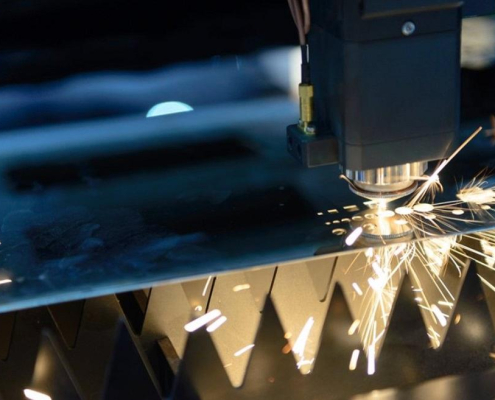
How Precise is Laser Cutting and Why It Matters
Laser cutting is one of the most popular and advanced ways to…
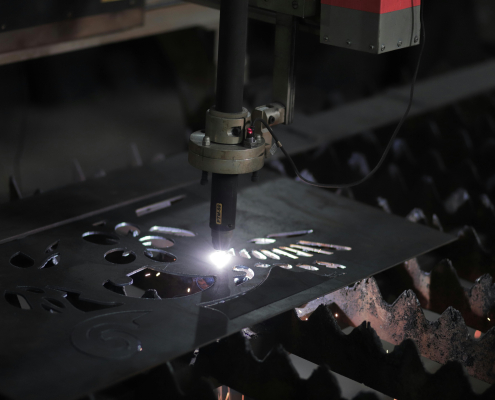
Top 5 Industries Benefiting from Laser Cutting Technology
Laser cutting has changed the way industries create parts, products,…
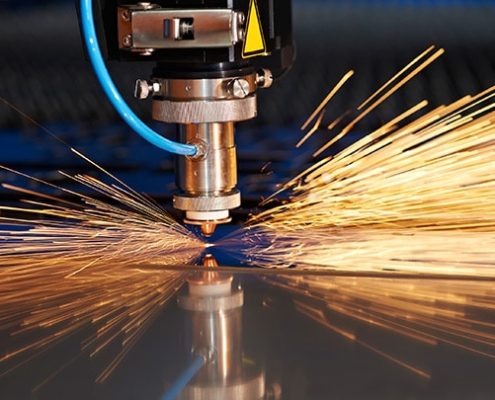
How Laser Cutting Reduces Waste and Improves Efficiency
In today’s world of manufacturing and fabrication, accuracy,…
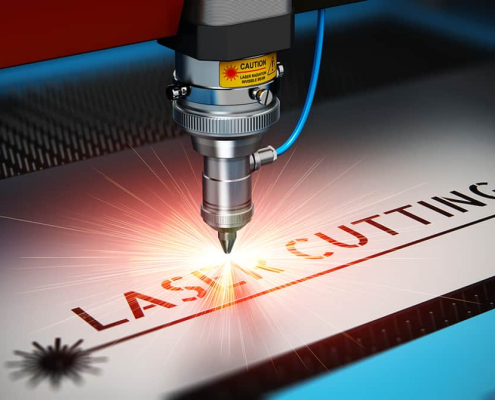
What is Laser Cutting in Manufacturing: A Beginner’s Guide
Using laser cutting technology, industries are capable of producing…
